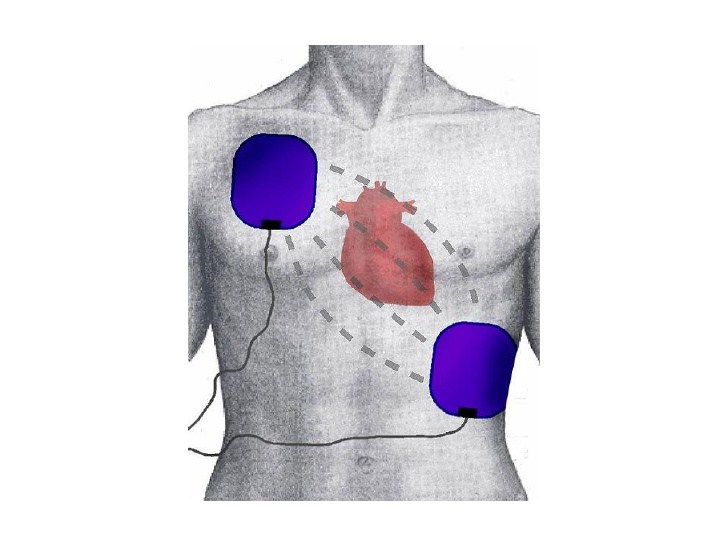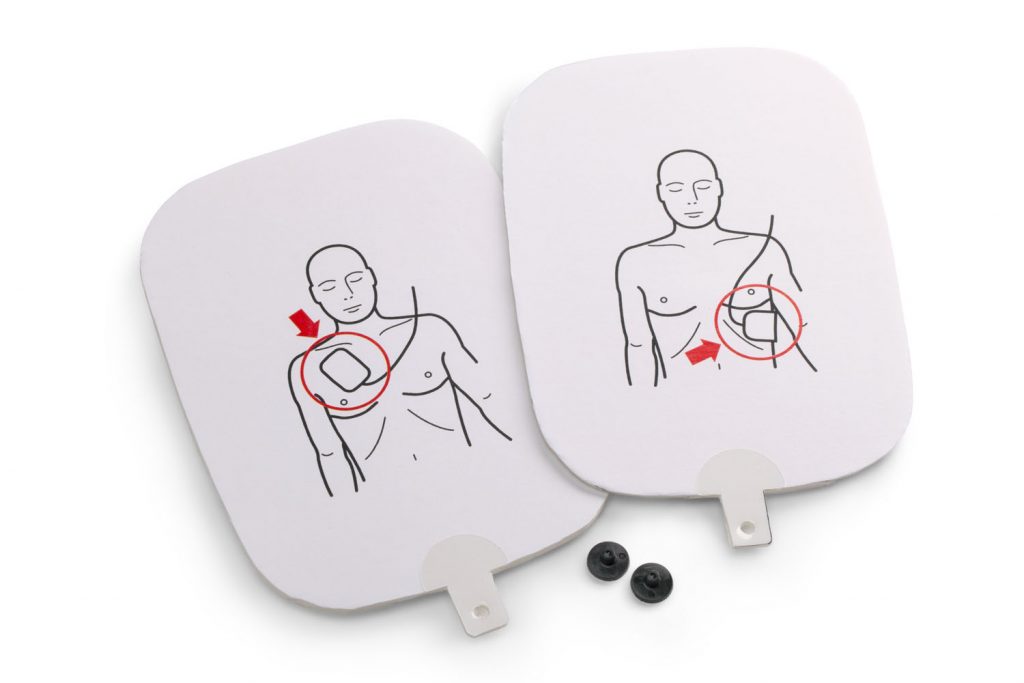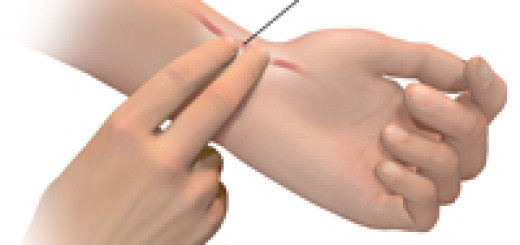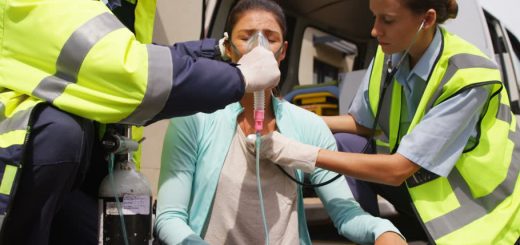Correct AED Pad Placement
An Automated External Defibrillator (AED) is a medical device that delivers an electrical shock to a victim in cardiac arrest. A cardiac arrest occurs when a victim’s heart stops beating and blood stops flowing around the body.
Unfortunately, sudden cardiac arrest has a poor outcome unless a victim receives timely CPR and defibrillation. To improve survival from cardiac arrest there is now a push to have more publically accessible AEDs. Many workplaces, educational institutions, and public buildings now have an AED installed and have trained staff in its use.
AEDs are designed to be used by laypeople with no medical training, however, the American Heart Association (AHA) does advise potential operators of an AED to have basic training in its use and CPR.
AED Pad Placement is Vital
An AED delivers a shock to a victim using two pads placed directly onto the victim’s chest. The positioning of these pads is important, as the electrical shock needs to travel through the heart muscle.
The first pad is placed underneath the victim’s collarbone (clavicle). The second pad is placed on the left chest wall, underneath the armpit. As the diagram shows, this allows the electrical shock to travel through the victim’s heart.
Most AED pads come with written and visual instructions on where the place the pads.
Adult Pad Placement
Unless otherwise stated in the AED instructions, one AED pad should be placed on the upper right-hand side of the victim’s chest, underneath the collarbone. The other should be placed on the lower left side of the chest wall, below the armpit, as shown in the diagram above.
This is the same for all adults, no matter whether they are male or female, young or old, or even if they’re pregnant.
AED Pad Placement on an Infant
First, check to make sure that the infant isn’t choking. Most cardiac arrests in infants under the age of one are due to a blockage in their airway rather than an isolated issue with their heart. So first, observe the infant for signs of choking, and if found, follow the guidance outlined in our post about airway obstruction in children and infants.
Once you have ruled out a choking emergency, adjust the AED pads to the child setting. Most AED devices have this feature, and switching between adult and child modes is simple. However, in the unlikely event that only adult mode is available, the American Heart Association (AHA) recommends you still administer the shock, rather than doing nothing at all.
No matter what type of AED pads or mode you are using, they should be placed in a ‘front and back’ position (the anterior-posterior position), with one pad on the center of the front of the chest, and the other on the center of the infant’s upper back. Be sure the pads are not touching.
Child Pad Placement
American Heart Association (AHA) recommends pediatric AED pads for children below the age of 8, or anyone weighing less than 25kg (55lbs).
If you are unsure of the victim’s age or weight, quickly check with any close bystanders (do not leave the victim unattended) and use your best judgment.
Child AED pad placement is the same as the anterior-posterior/ front and back infant pad placement outlined above. Place one pad on the center of the front of the chest and the other on the center of the child’s upper back.
AED Pad Placement on a Pregnant Woman
According to guidance issued by the American Heart Association (AHA), if a pregnant woman suffers a cardiac arrest, it is safe and necessary to use an AED.
Pad placement is the same as the placement for all adults: one pad should be placed on the upper right-hand side of the chest, above the right breast, and underneath the collarbone. The other should be placed on the lower left side of the chest wall, below the armpit,
Important: When calling 911, be sure to inform the operator that the victim is pregnant. In the event that the mother dies, medics may still be able to save the baby if medical assistance is sought quickly enough.
AED Pad Placement for Cardiac Arrest Victims with a Pacemaker
AED devices should still be used if the cardiac arrest victim has a pacemaker. A pacemaker is a device installed in a patient’s chest to regulate the heart’s rhythm. The location of this device will depend on where you place the AED pads.
Usually, pacemakers are installed in the upper left region of the patient’s chest. If this is the case, no modification is needed. Use the default pad placement required for all adults: one pad on the upper right-hand side of the chest, underneath the collar bone, and the other on the lower left side of the chest wall, below the armpit.
Suppose the pacemaker is located on the upper right-hand side of the patient’s chest. In that case, you will need to modify the pad position slightly by placing the AED pad at least one inch to the side, or below, the pacemaker. As normal, the second pad should be placed on the lower left side of the chest wall, below the armpit.
Common AED Pad Placement Mistakes
The second pad placed on the left side of the chest wall should be positioned underneath the victim’s armpit. A common mistake is to place this pad on the front of the chest, this is likely to make an AED shock less effective.
AED pads need to be placed in direct contact with the skin. Excessive chest hair can reduce pad contact with the skin and risk causing burns. Many AEDs come with a small razor in order to remove chest hair before pad placement.







